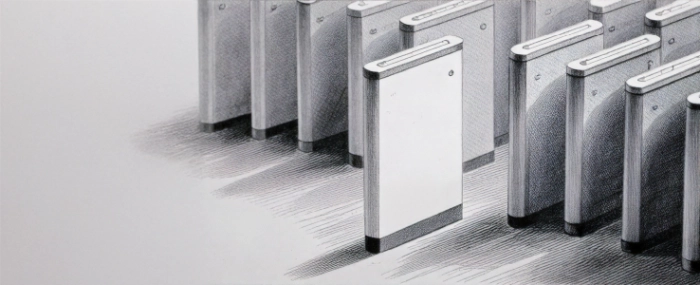
Dutch Startup achieves silicon EV battery breakthrough
Netherlands-based LeydenJar has achieved a breakthrough in developing lithium-ion batteries through using 100% silicon anodes.
The new batteries using 100% silicon anodes have shown that they can last for 500 charges before losing 20% of their total capacity and 700 charges before losing 30% of their capacity. Although the use of silicon anodes had been considered a dead end due to the key technical challenge of swelling during charge-discharge cycles, LeydenJar has found a novel way of preventing early degradation through a new porous architecture that prevents the need for heavy clamps to limit cell swelling.
According to CEO Christian Rood in a statement from LeydenJar, “A major challenge has been silicon’s tendency to swell during charge-discharge cycles. This swelling can damage the cell internally, leading to early degradation and failure.”
Engineers for the company have created a 100% silicon anode through the development of a porous architecture that accommodates the natural volume changes of silicon when charged and discharged. Not only does this prevent failure, but it also ensures long-term stability.
Rood continued, “With LeydenJar’s new silicon anode technology, the need for external pressure has been entirely eliminated for the first time.”
In early testing, the company’s silicon anodes have been able to withstand 500 charging cycles without requiring external pressure. Thus far, 500 cycles saw 80% of the battery’s capacity preserved, with 700 cycles needed to take the capacity down to 70%.
Industry observers have cautioned that the new technology remains in testing and is unlikely to appear on the market in the near future. However, if early testing results can be replicated, the breakthrough could mean that silicon anodes become a standardized part of next-generation EVs.
Silicon is capable of storing 10 times more lithium ions than graphite, fueling the development of lighter, smaller batteries that can deliver more power than their larger counterparts. In EV terms, this would translate to greater driving range. However, such is the magnitude of this development, it could also apply to consumer electronics, expanding their battery lives and increasing functionality.
Although silicon anodes are used in limited capacities today, this breakthrough could represent the final piece of the puzzle. LeydenJar is collaborating with other battery cell manufacturers to integrate its brand-new technology into its products.
However, other firms are already developing other ways of utilizing silicon anodes. Recently, Amprius Technologies in the US introduced a brand-new battery that includes a silicon anode and can reach a 90% charge in just 15 minutes.

